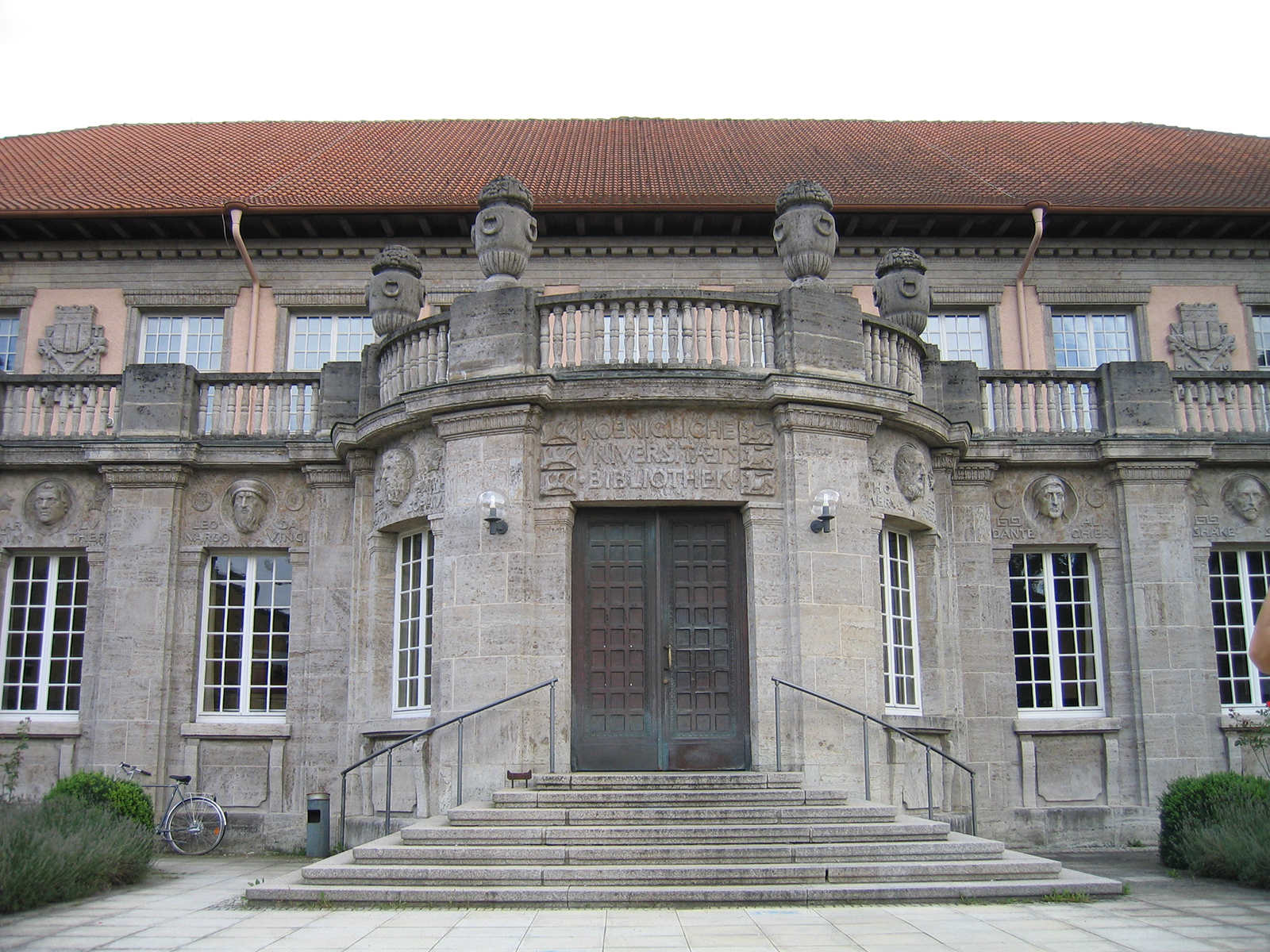University of Tübingen: New longhouses of the earliest farmers from the 6th millennium BC Discovered near Tübingen-Unterjesingen
North-west of Tübingen-Unterjesingen lies in the Flur Ammenbühlen, west of the Enzbach, a prehistoric settlement. Although the site was discovered in 1926, with the exception of a few reading finds, little was known about the area. In the course of current site research, important findings on the structure of the settlement and the situation of the findings could now be obtained. The investigations took place as part of a joint project by the State Office for Monument Preservation (LAD) in the Stuttgart Regional Council and the University of Tübingen. The project on the settlement history of the Ammer Valley during the early Neolithic was headed by Prof. Dr. Raiko Krauß, Institute for Pre- and Protohistory at the University of Tübingen, and Jörg Bofinger, Head of the Operative Archeology Department at the LAD.
“The aim of the research project is to record the chronological sequence of the various early Neolithic settlements more precisely and to investigate environmental conditions and way of life and thus the change in landscape due to the beginning of agriculture in the 6th millennium with the help of scientific studies”, explains Prof. Raiko Krauss.
First, in the spring of 2021, the settlement area on an area of around six hectares was recorded by means of geophysical measurements by the specialist company Terrana from Mössingen and the first indications of Neolithic settlement structures were mapped. The magnetic field measurements showed that the remains of several of the characteristic longhouses (which can reach dimensions of over 30 meters in length) are still preserved in the ground and a settlement site of the so-called linear ceramic culture, the earliest rural population group in southwest Germany in the 6th millennium BC. Chr., Prove. On this basis, during a four-week excavation campaign in early autumn 2021 under the local direction of Veronika Stein (University of Tübingen), To archaeologically examine and document sections of one of the Neolithic house floor plans. “Discoloration in the floor shows the scuff marks of the former posts of the house construction, as well as the grave structures, which are to be interpreted as the last clues to the walls of the house,” explains Dr. Jörg Bofinger.
House floor plans have already been found south of Entringen and north-east of Pfäffingen, which indicate villages with ceramic lines. Thanks to the current field research, it has now been possible without a doubt to locate another village with several long houses or homesteads of the first farmers around 500 meters north of the current course of the Ammer. Further investigations such as 14C dating (radiocarbon dating to determine the age of finds) or archaeobotanical analyzes will help to better assess questions of absolute chronology and economic methods.

